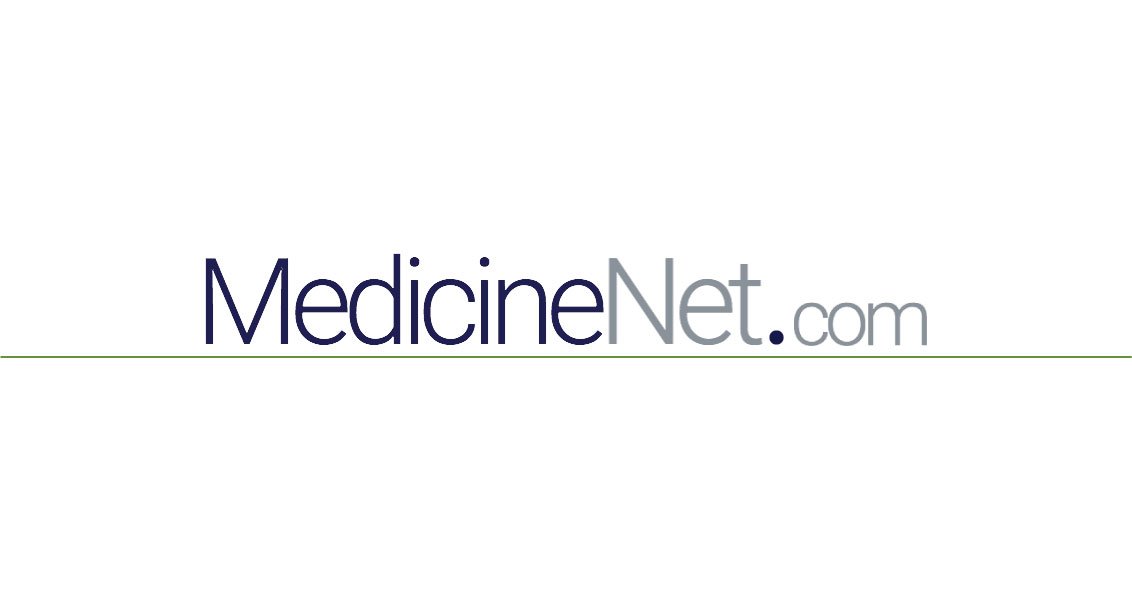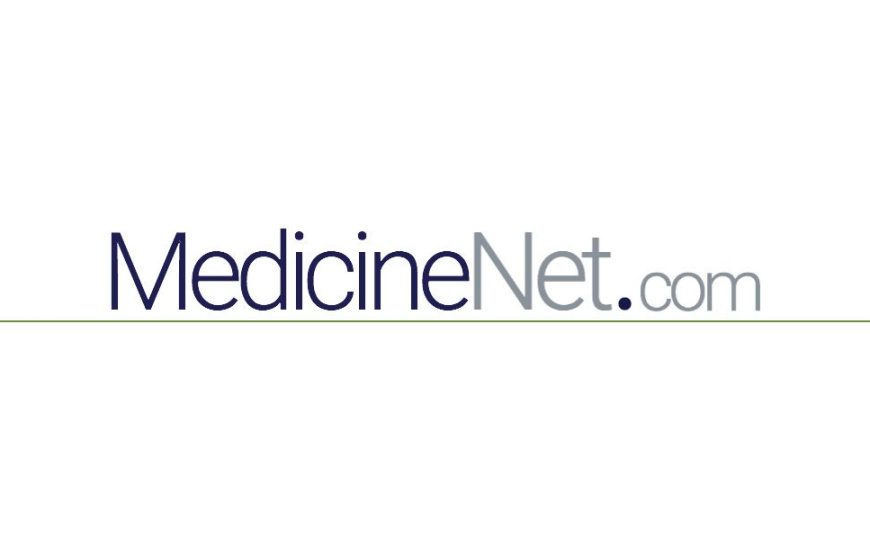
What is the treatment for sprains and strains?
When muscle, tendon, or ligament fibers are damaged, the body will heal that area by producing scar tissue. The area that is injured needs to be kept relatively rested while healing.
First aid continues afterward with rest, ice, compression, and elevation (RICE). These are the key elements in the treatment of both sprains and strains. More intense treatment may be required depending upon the location and severity of the injury and the patient’s level of function. For example, an athlete who sprains the ACL of their knee may need to have surgery to reconstruct the ligament, but an elderly patient who is less active may not need such an aggressive approach and physical therapy may be all that is needed to return to their previous level of activity.
Depending upon the extent and location of the injury, it may take many weeks to return to normal function. That does not mean that all activity must stop; instead, there needs to be a gradual return to the function that is guided by the body’s response to activity. Most often, the patient can “listen” to their body’s response to activity and increase or decrease the amount and intensity of activity. There is a balance between resting a part of the body enough to help with healing and resting it too much so that strength and range of motion are lost. For example, when the rotator cuff is strained, it may take a significant amount of time for the shoulder to return to full function. Resting the arm for a prolonged period of time in a sling to rest the muscle group may lead to stiffness in the shoulder joint and loss of range of motion. The health care professional and patient must appreciate that balance and minimize the loss of function while maximizing the rate of healing.
Muscles, tendons, and ligaments heal themselves naturally by repairing the fibers or filling in the damaged area with scar tissue. Full muscle and joint mobility may take time to return, and gradual stretching may be required to return the injured area to normal. Additionally, depending upon the area of the body that is injured, the damage sustained, and the amount of loss of function, physical therapy may be suggested. A variety of treatment modalities may be considered, including ultrasound and massage, to encourage healing and preserve a range of motion and function.
If the muscle or tendon is ruptured or severely torn (grade 3 strain), surgery may be required to repair the damage. Some common sites of this injury include the
- quadriceps (front of the thigh) muscle or its tendon, either the quadriceps or patellar, that allows the knee to extend or straighten tendon;
- hamstring muscle located in the back of the thigh and flexes the knee;
- Achilles tendon which attached the calf muscle to the calcaneus (heel) and allows the ankle to flex;
- biceps muscle or tendon, which flexes the elbow.
Physical therapists may be an important part of the treatment team to help with recovery. Their skills in teaching and monitoring range of motion and strengthening exercises allow recovery from their injury in a controlled way. It may be only one visit for an ankle sprain, or there may need to be multiple visits to help with post-operative care. Physical therapy can also involve other treatment options like ultrasound, electrical stimulation, and muscle massage.
Certified athletic trainers work with athletes, especially in organized sports, and are involved in the treatment of acute and chronic sprains and strains. They are skilled in taping and using compression bandages (ace wraps) to support and protect injured muscles and joints, as well as implementing treatment plans as part of the sports medicine team.
Surgery is a consideration for certain sprains and strains. The decision to offer surgical operations to repair muscles, tendons, or ligaments depends upon the patient’s underlying function before the injury and their expectations for activity after recovery. Not all structures need repair, even if completely torn. For example, a professional athlete may continue to perform at a high level even with a torn posterior cruciate ligament in the knee but cannot easily return to the field of play with a torn anterior cruciate ligament.
Anti-inflammatory medications like ibuprofen (Advil, Motrin) and naproxen (Aleve) are often suggested to help decrease inflammation and relieve pain. Before taking any over-the-counter medication, it is important to appreciate that side effects and medication interactions exist and it is wise to ask a health care professional or pharmacist for advice and direction for their use.
New treatments are being developed to help with recovery For example, platelet-rich plasma (PRP) injections may help in speeding recovery and may be useful in some patient treatment plans.
For more significant pain, prescription pain medications, muscle relaxants, and/or anti-inflammatory medications may be prescribed for a short period of time.
